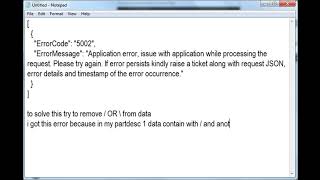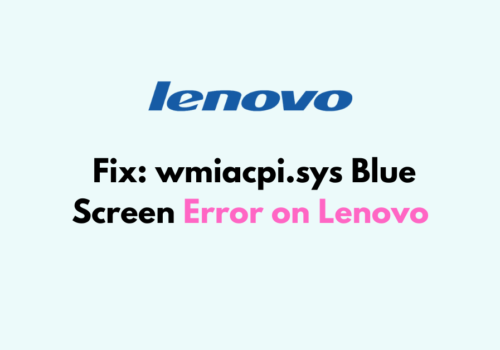The term “E-Invoicing” refers to electronic invoicing, which in today’s technological environment has developed into a crucial part of the financial operations of many businesses. Many buisnesses are depended on it. Nonetheless, it occasionally makes mistakes that could upset users and prolong the charging process, just like any other computerised system. One illustration of this issue in electronic invoicing is error code 5002.
Full error is “Validation Error – Invalid Reference Data”.
In this article, we will discuss what E-Invoice error code 5002 is, what causes it, and how to fix it.
What Is E-invoice Error Code 5002?

E-invoice error code 5002 is an error code that is encountered when there is a problem with the invoice data being submitted to the invoice registration system. Businesses who rely on e-invoicing for their financial operations may find the error message, which typically reads, “Validation Error – Invalid Reference Data,” to be a bothersome one.
What Are The Causes Of E-invoice Error Code 5002?
The E-invoice error code 5002 can be caused by several factors, and understanding the cause of the error is the first step in fixing it. Some of the most common causes of this error include:
1. Invalid Or Incorrect Invoice Data
One of the most common causes of E-invoice error code 5002 is invalid or incorrect invoice data. This can include errors in the invoice number, date, or other important details that are required for the invoice to be registered.
2. Technical Issues With The Invoice Registration System
Sometimes, the error may not be due to anything wrong with the invoice data itself, but rather a technical issue with the invoice registration system. This can include issues with the server, connectivity issues, or software bugs.
3. Incompatible Software Versions:
Another possible cause of the E-invoice error code 5002 is incompatible software versions. If the invoice registration system is using an older version of the software, it may not be compatible with the latest version of the e-invoicing software being used by the business.
How To Fix E-Invoice Error Code 5002?
Now that we know the common causes of E-invoice error code 5002, let’s look at some ways to fix the error:
1. Check The Invoice Data
Checking the invoice data for errors or anomalies is the first step in addressing the problem. Make sure the invoice number, date, and other crucial information are entered accurately. You can also see whether any other required fields are still blank.
2. Resubmit The Invoice
You can try resubmitting the invoice with the right information if the problem was brought on by invalid or incorrect invoice data. Before sending the invoice once more, be sure all mistakes have been fixed.
3. Contact Your Software Provider
The programme may be malfunctioning if the error continues even after resubmitting the invoice. To report a problem and get it fixed, get in touch with your e-invoicing software supplier.
4. Update Your Software
You might try updating your e-invoicing programme to the most recent version if the error is brought on by conflicting software versions. This is normally does to ensure that your programmer is compatible with the invoicing software.
5. Contact The Tax Authority
You can get in touch with the tax authorities in charge of the system for registering invoices if the issue is still not fixed. They will cater you with more remediation steps to support your problem.
6. Check The XML Schema
This error code may be brought on by an issue with the XML schema. As a result, you should inspect the XML schema to make sure it is correctly defined and error-free. If you identify any mistakes, fix them before attempting to process the invoice once more.
In conclusion, E-invoice error code 5002 can occur in invoicing of businesses that rely on e-invoicing for their financial transactions. However, by understanding the common causes of the error and following the steps outlined above, businesses can resolve the error and ensure that their invoicing processes run smoothly. Despite the occurance of this error, E-invoicing is used the most.

